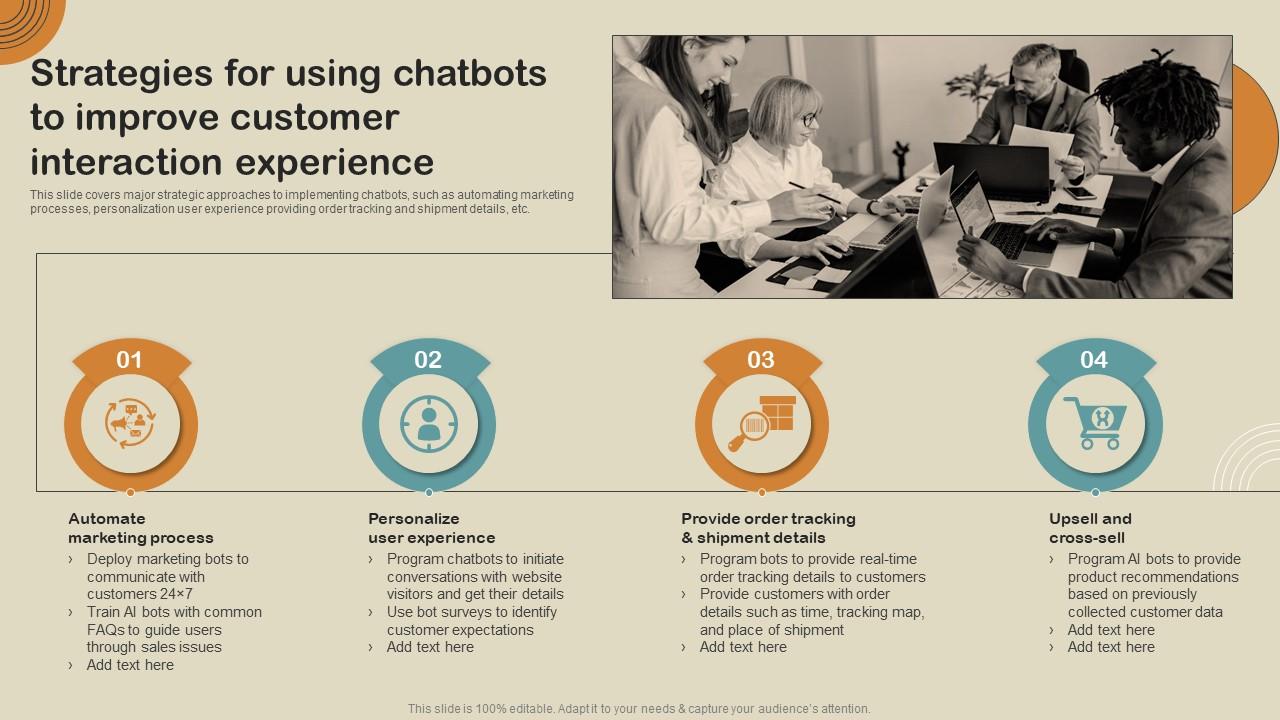How Chatbots Can Revolutionize Your Customer Engagement in 2025″ – How Chatbots Can Revolutionize Your Customer Engagement in 2025 is an exciting exploration into the transformative power of technology in the customer service landscape. As businesses strive to enhance their interactions with customers, chatbots have emerged as pivotal tools that streamline communication, offer instant support, and provide tailored experiences. With advancements in artificial intelligence and natural language processing, these digital assistants are not just responding to queries; they are innovating the way brands connect with their audience, ensuring that every interaction is both efficient and engaging.
In this piece, we will delve into the mechanics of chatbots, their evolution, and their anticipated impact on customer engagement in the coming year. From understanding the nuances of customer preferences to implementing seamless solutions across various platforms, chatbots are set to redefine how companies engage with their clientele, paving the way for enhanced satisfaction and loyalty.
In today’s world, the conventional office setting is gradually being overshadowed by remote work. This shift has been accelerated by the recent global events that necessitated social distancing and redefined our understanding of workspaces. In this article, we will explore the evolution of remote work, its benefits, challenges, and the future as we navigate this new normal.
The Historical Context of Remote Work: How Chatbots Can Revolutionize Your Customer Engagement In 2025″
Remote work is not a new concept; it has existed in various forms for decades. Initially, it was limited to specific fields like freelance writing or consultancy where professionals would work from home or on the go. However, with advancements in technology, particularly the internet, remote work became more accessible. The rise of digital communication tools, collaboration platforms, and cloud computing has enabled employees to work from anywhere, making the transition to remote work smoother and more feasible.
The Catalyst: Global Events
The onset of the COVID-19 pandemic in early 2020 acted as a significant catalyst for remote work. Businesses were forced to adapt to a sudden shift, leading to a rapid implementation of remote working policies. Many companies recognized the potential of remote work, not just as a temporary solution, but as a viable long-term strategy. This period saw a significant increase in telecommuting across various industries, with employees embracing the flexibility it offers.
Benefits of Remote Work
One of the primary advantages of remote work is flexibility. Employees can set their schedules, which can lead to a better work-life balance. This flexibility can enhance productivity, as many individuals find they perform better in a comfortable environment, free from the distractions commonly found in a traditional office setting.
Additionally, remote work can lead to cost savings for both employees and employers. Employees save on commuting costs and time, while employers can reduce overhead expenses related to maintaining physical office spaces. This financial benefit is particularly appealing in a world where businesses are constantly seeking ways to optimize expenditure.
Challenges of Remote Work
Despite its numerous benefits, remote work is not without its challenges. One of the most significant issues is the potential for isolation. Employees working remotely may miss out on the social interactions that occur naturally in an office environment. This isolation can lead to feelings of loneliness and disengagement, which can negatively impact mental health and job satisfaction.
Furthermore, the blurring of boundaries between work and personal life can create stress. Without a clear separation between work hours and personal time, many remote workers find it challenging to “switch off,” potentially leading to burnout. Employers need to implement strategies to help employees maintain a healthy work-life balance.
Tools and Technology for Remote Work
The success of remote work largely depends on the tools and technology available. Communication platforms like Zoom, Microsoft Teams, and Slack have become staples in remote work environments, facilitating seamless communication and collaboration among team members. Project management tools such as Trello, Asana, and Monday.com help teams stay organized and on track, ensuring that projects progress smoothly despite physical distance.
Moreover, cybersecurity has become a crucial aspect of remote work. With employees accessing company data from various locations, businesses must invest in secure networks and training to protect sensitive information. VPNs, encryption, and other security measures are essential in safeguarding company assets in a remote work setting.
The Future of Remote Work
As we look toward the future, it’s clear that remote work is here to stay. Many companies are adopting hybrid models, allowing employees to alternate between remote and in-office work. This flexibility caters to diverse employee needs and preferences, fostering a more inclusive work environment.
Moreover, organizations that embrace remote work can tap into a broader talent pool, unconfined by geographical limitations. This shift can lead to greater diversity and innovation within teams, which is critical in today’s fast-paced market. Companies that adapt to these changes will likely thrive, while those resistant to this transformation may struggle to keep up.

Conclusion
The rise of remote work signifies a major shift in how we perceive work and productivity. While it presents numerous benefits, it also brings challenges that need to be addressed. As technology continues to evolve and organizations adapt to new work models, it’s essential for both employees and employers to remain flexible and open-minded. Embracing this change will enable us to create a more productive, inclusive, and sustainable work environment for the future.



